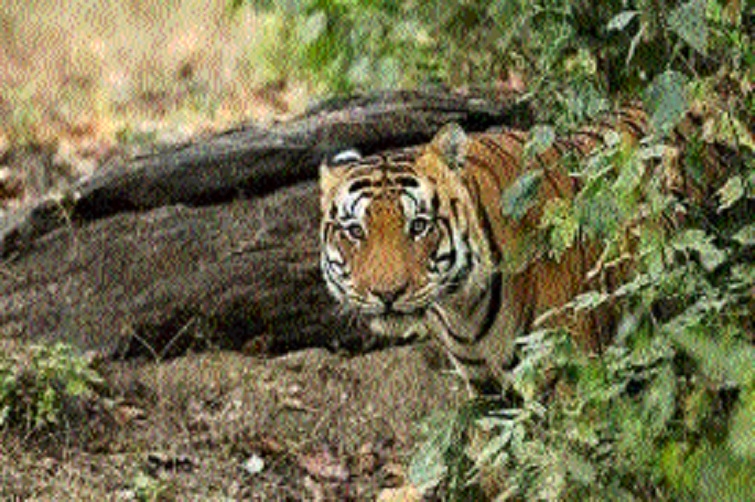3 MP tiger reserves make it to UNESCO’s list
| Date :11-Dec-2019 |

By Ankita Garg :
Madhya Pradesh Forest Department is delighted to get the tender request for proposal of project documentation for Bandhavgarh, Kanha and Pench Tiger Reserve as biosphere reserve in UNSECO list. The three habitats of Madhya Pradesh would be included in the World’s Network of Biosphere Reserves under the UNESCO’s man and biosphere (MAB) programme. Currently, there are 18 biospheres in country out of which three are located in Madhya Pradesh, including Pachmarhi, Amarkantak and Panna. Pachmarhi was added to the list of biosphere by UNESCO in the year 2019. Dr Sanjeev Sachdeva, Chief Scientist Officer at Bandhavgarh Reserve, said that these three areas have rich biosphere and feasibility for MAB programme. He further said tender for this has been invited and it would help a better conservation. Man and Biosphere programme was launched in the year 1971.
It is an inter-governmental scientific programme that aims to establish a scientific basic for the improvement of relationships between people and environment. It combines natural and social science to improve human livelihood and equal sharing of benefits. MAB aims to safeguard natural and managed ecosystem that are socially and culturally appropriate and environmentally sustainable. It promotes the exchange and transfer of knowledge on environmental problems and solutions and to foster environmental education for sustainable development. Indian National Man and Biosphere Committee identifies and recommends the potential sites of biosphere reserve as per UNESCO guidelines and criteria.
This committee has recommended the three tiger habitat of Madhya Pradesh for MAB. In India, 11 of the eighteen biosphere reserves are part of World Network of Biosphere Reserve, based on the UNESCO man and biosphere programme names as Nilgiri Biosphere Reserve, Nanda Devi, Nokrek, Manas Sunderban, Gulf of Mannar , Great Nicobar, Similipal, Pachmarhi, Achanakmar-Amarkantak, Agasthyamalai and Khangchendzonga National Park.